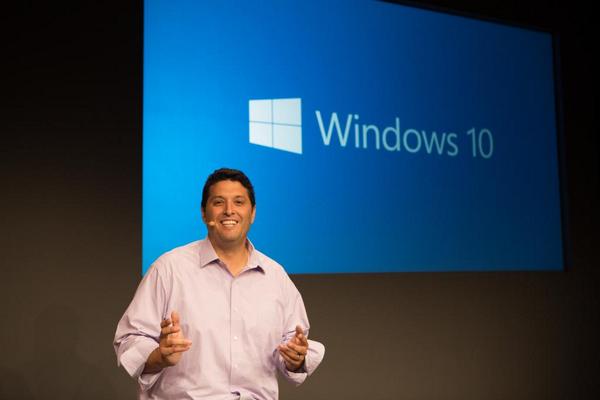How many more times does Microsoft have to reiterate: Windows 10 won't be a subscription service?
This “just” in: no one will have to pay a yearly fee to use Windows 10.
For anyone who has been in the loop as long as we have, this seems to be one incredibly useless piece of news, and not a new one at that. Yet, a seemingly out-of-context(and apparently non-existent), quote from an Australian MSDN blog has been making the rounds across blogs and news outlets, working on the clock, convincing users of the false allegation that Microsoft Windows 10 will be a yearly subscription service.
Sorry folks: you have been had.

The incriminated quote seemingly originated on May 18th on an Australian MSDN Partners blog, has been copied and pasted verbatim, around the web as follows:
“Microsoft will offer a free upgrade to Windows 10 for qualified Windows 7, Windows 8, and Windows Phone 8.1 devices in the first year. After the first year, upgrades will be paid via boxed product and VL Upgrades.”
When visiting the actual blog from which this information supposedly was copied, we simply could not find any trace of the controversial paragraph at all, except on about a dozen sites reporting it as news, including, (low and behold) PCWorld.
Microsoft Windows 10’s upgrade paths have been explained at length by Microsoft itself, and in no way they can be misconstrued as suggesting that Microsoft Windows will turn into a pay-per-use operating system.
Who had who?
As far as anybody can see when searching for the exact phrase: “upgrades will be paid via boxed product and VL Upgrades.”, the number of sites reporting it is quite substantial, and includes nearly all major outlets, as well as popular “news leakers” like NeoWin. The volume is hefty enough for us to think that perhaps a foundation for the existence of that quote had to be somewhere, at some point, perhaps in that very same MSDN blog that started the conversation.
The plot thickens
On a close inspection of the original blog’s source code, we could find a large block of text apparently replaced by a long series of paragraph tags containing empty space. While we expect this to change further, this is a clear sign of a last-minute correction, in which text was in fact removed in a hurry from the post in question. Oops! Did somebody forget to proof-read?
That is quite possibly what happened, and considering that MSDN blogs are regarded as practically the “conscience” of Microsoft, it’s not surprising how many news outlets didn’t question the odd nature of what they read. A classic case of “jumping the gun”, which has caused quite a stir, and which will most likely trigger a response from Microsoft, yet again.